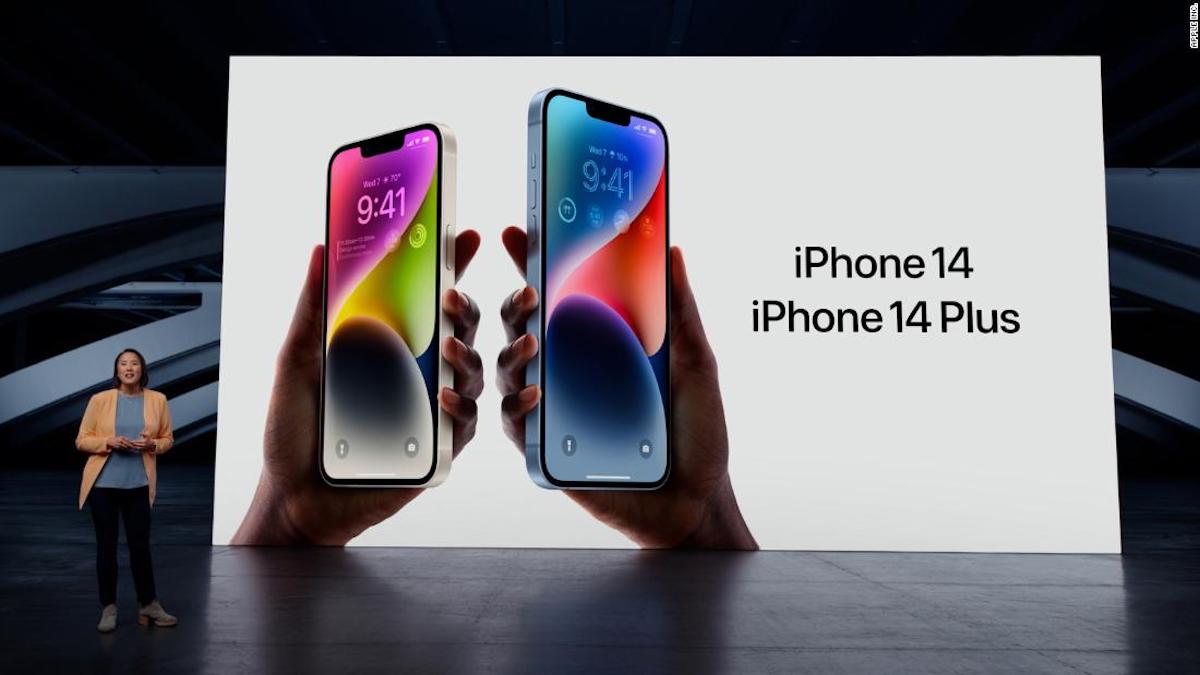(CNN) — The days of micro-surgery using a paper clip and extracting the tiny SIM card from the iPhone tray may be over.
At his press event this weekApple says it’s doing away with physical SIM cards and trays in its new iPhone 14 lineup in the US. Instead, the company accepts a digital alternative called eSIM.
A SIM card is a unique identifier in every cell phone that allows the device to connect to wireless networks and send text messages and make calls. eSIM refers to an “embedded” SIM or card inserted into the phone. People tend to change their SIM cards when changing carriers or traveling internationally.
Apple first rolled out eSIM support to its iPhone lineup in 2018, promising to make it easier for customers to activate their cellular plans and use multiple phone numbers and carriers on a single device.
Now, Apple is doubling down on this feature by completely removing the infrastructure that supports SIM cards in the iPhone 14.
“With eSIM, you can quickly change your existing cellular plan or get a new cellular plan digitally,” Kaiann Drance, Apple’s vice president of iPhone marketing, said at Wednesday’s event.
Drance explained how eSIM cards can make devices “much more secure,” adding, “If your iPhone is lost or stolen, no one can remove the physical SIM card.”
Federal Communications Commission It also says eSIMs have “significant security benefits”. According to the federal agency, some criminals have been known to steal a SIM card, access someone else’s information, reset their accounts, and transfer it to another phone. An eSIM card can reduce this risk because “the phone can’t be stolen without being stolen.”
In theory, removing the SIM card slot could have another benefit: making more room for bigger batteries or other features in the phone. This is no small feat for a company like Apple, which is always trying to make its devices thinner.
Removing the SIM card slot won’t be as polarizing as Apple’s decision to ditch the headphone jack, which has already caused some grumbling on social media.
Frequent international travelers, in particular, are accustomed to changing physical SIM cards in different locations and may travel to locations where operators do not yet support eSIMS use. For example, in mainland China, eSIM functionality is currently not offered on the iPhone 14.



:quality(70):focal(739x174:749x184)/cloudfront-eu-central-1.images.arcpublishing.com/prisaradiolos40/UPWXR2D2PRFIZHOE455CBUN53M.png)

:format(jpeg):focal(3305x715:3315x705)/cloudfront-us-east-1.images.arcpublishing.com/gfrmedia/G4VWU5Y4HFCIRGNNMWDM2FC37U.jpg)